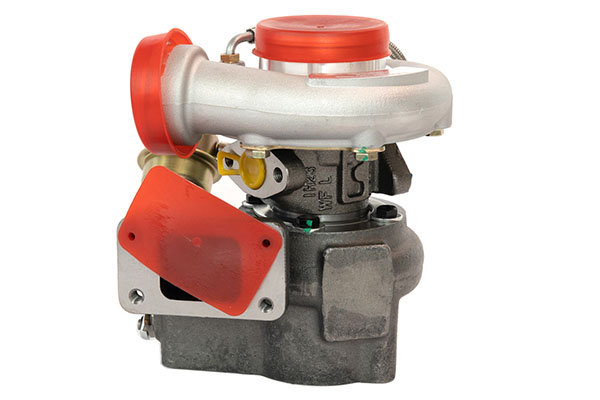Turbocharger Replacement Procedure as follows:
1. Check the turbocharger. Check whether the model of the new turbocharger matches the engine. Rotate the turbocharger rotor manually to ensure it can run freely. If the impeller is sluggish or feels like it is rubbing against the housing, find out the cause before installing it.
2. Check whether there are sundries in the intake pipe and the exhaust pipe of the engine in front of the turbine to prevent them from damaging the impeller.

3. Check the supercharger oil inlet pipe and oil return pipe. The oil inlet and return pipes of the supercharger shall be clean, and the oil inlet and return pipes shall not be twisted or blocked. If a sealing gasket is used at the oil inlet and return port of the supercharger, check whether the gasket is corroded or deformed. The gasket cannot block the oil inlet and return port.
4. Prelube the supercharger. The supercharger is installed on the engine and is not connected to the oil pipe for the time being. First, add clean oil into the supercharger from the oil inlet of the supercharger, and turn the rotor manually to make the supercharger bearing full of lubricating oil before connecting the oil pipe.
5. Test run. Start the diesel engine, and the oil pressure must be displayed at the supercharger oil inlet within 3~4s to prevent the supercharger bearing system from being damaged due to lack of lubricating oil. Run for 2min, check whether the rotor rotates stably without noise, and then stop the machine to observe whether the rotor can run stably by inertia. Normally, it will stop running after about half a minute.
6. The exhaust back pressure behind the turbine and the pressure drop of the air filter shall not exceed 4.9kPa. The air filter element shall not be wet, because the wet filter element will significantly increase the pressure drop.
Post time: Nov-08-2022
